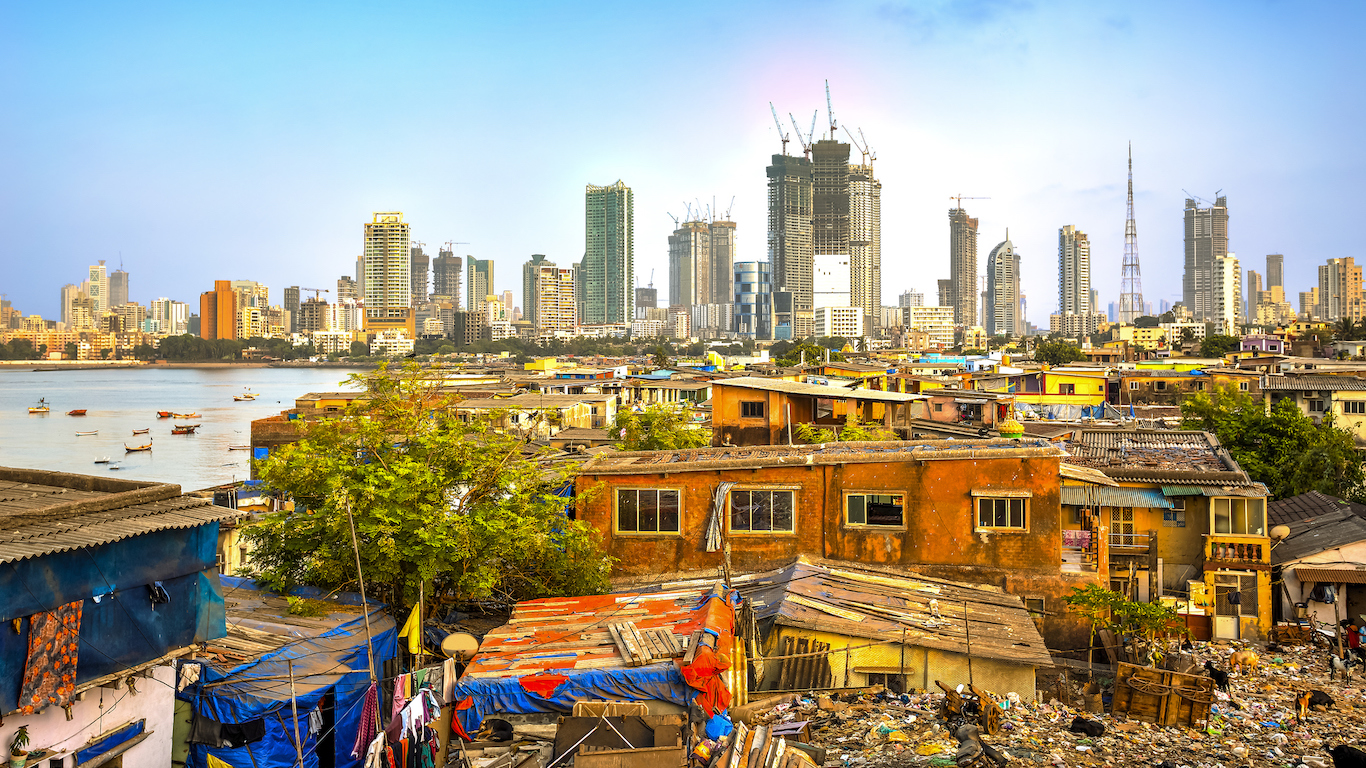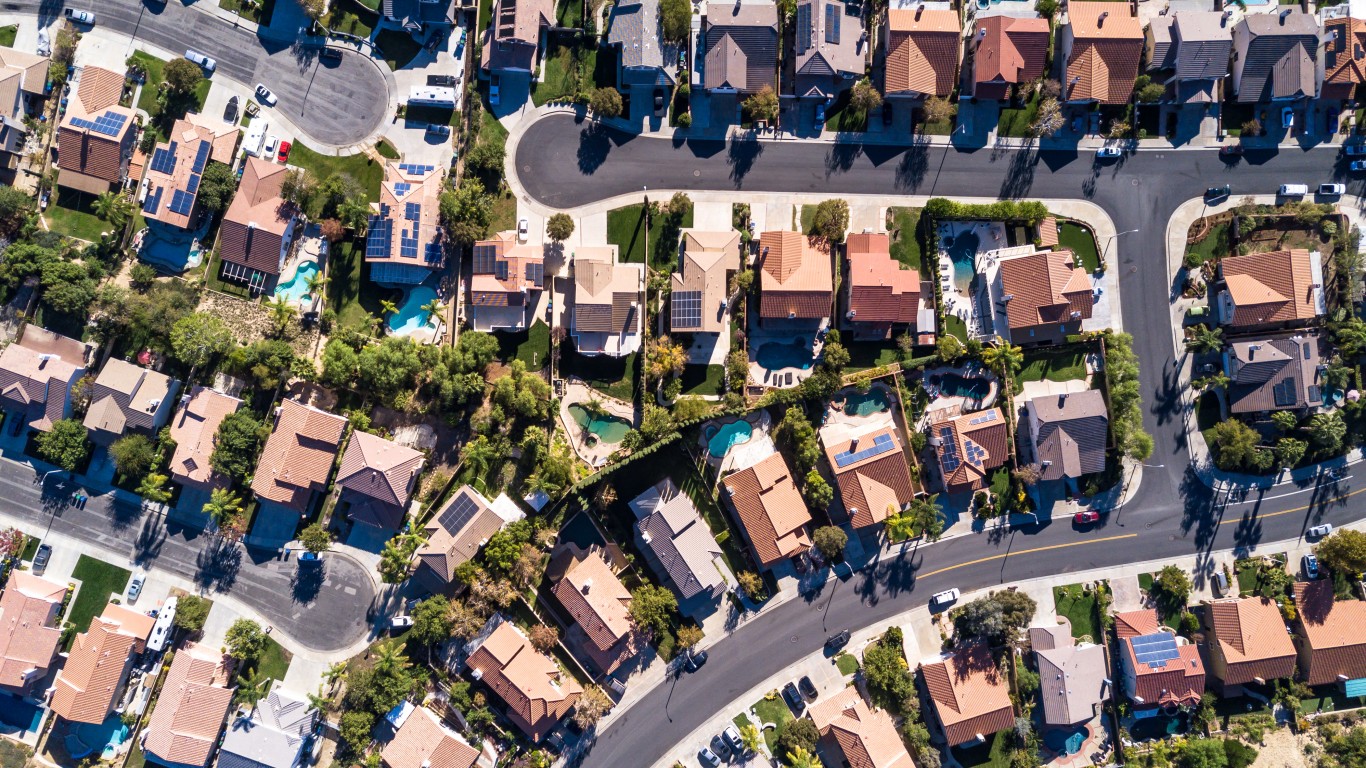
Real estate prices surged within months of the pandemic. According to the S&P Case-Shiller home price index, the increase was 20% year over year. That number has slowed to low double digits. Recently, month-over-month figures have fallen in many metros. (The income it takes to be middle class in America’s largest cities.)
[in-text-ad]
The price drop in some markets is enough to cause anxiety among homeowners. A new study from Black Knight examined the differences between when prices peaked and where they are today. Among the 50 largest metro areas, this figure dropped by 10%. In Austin, prices fell by 15.6%. In San Francisco, they dropped by 15.1%. In nearby San Jose, they fell 14.9%. San Francisco and San Jose are America’s two most expensive housing markets.
The declines in San Francisco and San Jose are because people are leaving the cities. The situation in Austin is much different. It has been one of the fastest-growing housing markets in America, which has driven prices sharply higher for over two years. The market is overbought and homes are too expensive, particularly as interest rates have gone from 3% to 6%. As homeowners exit the market, the selling pressure drives prices even lower.
Several other housing markets have the Austin problem. Sales and prices surged after the start of the COVID-19 pandemic. Now, homeowners are paying for what they spent for their homes as the market peaked. This is true in Las Vegas, where Black Knight shows a drop of 12.1% from its peak, and Phoenix, where the figure is 12.5%.
Other markets are likely to join these as home prices turn from steady growth to one in which inventory is too high along with “too high” prices. In a year, there will be more markets down more than 10% from their peaks.
Thank you for reading! Have some feedback for us?
Contact the 24/7 Wall St. editorial team.


